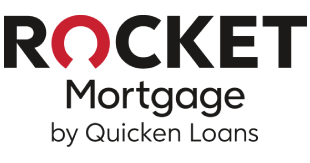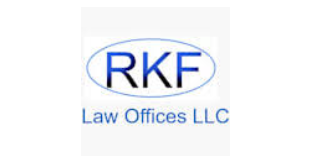What is a distressed asset, and why invest in it??

What is a “Distressed Property”
Marc Cox of the Mioym Group explains that a distressed asset in real estate is a property that is troubled or suffering in some way. Generally speaking, this is a property needing repairs or renovations. These needs can be anything from a broken air conditioner to warped floors and damaged roofs. Marc Cox says that distressed properties sell well below their potential price and have a high-value ceiling. Distressed properties can be found anywhere, even in some of the highest-selling neighborhoods.
Why Invest in Distressed?
Marc Cox says distressed properties have massive potential for growth and development. These properties offer an investor a much higher chance for success and a greater return on investment. These homes are selling at a significant discount compared to the respective average in the market. This discount allows investors to make substantial returns explains Marc Cox
After purchasing the home, a contracting team makes the necessary renovations. This can drastically improve the cost of the house, primarily if located in a desirable location. Within 12 months, the home is sold to a first-time home at a much higher valuation, says Marc Cox
Examples of a Distressed Property:
Marc Cox of the Mioym Group describes the several different types of distressed properties. The first type of distressed property is: “Bank Owned Property (REO).” Bank-owned properties, also known as Real Estate Owned, have already been foreclosed on by the bank. Essentially, this means the previous homeowner failed to make the proper payments, so their lending bank foreclosed the home and took the title to it. This type of distressed property is owned by the bank; the seller is the lender, and it is much easier to negotiate closing costs explains Marc Cox
Another type of distressed property is a “Physically Distressed Property (as-is home) says, Marc Cox. These are properties that need significant renovations or repairs before occupancy. For example, these may be houses the previous owner has vacated or abandoned.
These distressed homes allow us to make consistent and reliable profits. Marc Cox of the Mioym Group explains this allows us to confidently provide our investors with a 20% return on investment.













